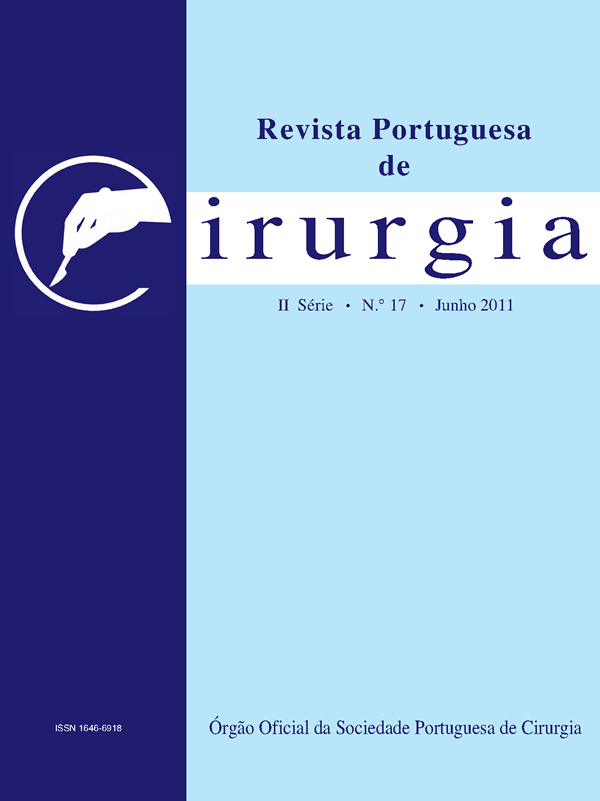Experimental Adhesion Prevention Studies: A Comparative Study in a Rabbit Model
Abstract
Background: Adhesions formation after abdominal surgery is a problem that causes many complications in the patient’s future life. In this study we compare the possible individual effects of Ringer ́s lactate, Adept® and Mesofol® and the combined effects of Adept® and Mesofol® in the prevention of post surgical adhesions formation in a standardised rabbit model.
Materials and Methods: 90 rabbits were divided into 9 groups. The same experimental method was used in all rabbits to produce adhesions, consisting of cecal and sigmoid abrasion and excision of parietal peritoneum. The rabbits were operated after 2 weeks to assess the adhesions occurring. The results were analysed using the chi-square test and the Fisher exact test when needed.
Results: Comparison of adhesion stages demonstrated a significant difference between the control group and the Adept® groups (p<0.05) in both branches. The adhesion grade of the combined treatment groups (G5 and G9) was not statistically significant (p>0.05). In the Mesofol® group and the combined group, four and two rabbits, respectively, developed granulomas.
Conclusions: Adept® used individually reduced the adhesion grade. The Adept® and Mesofol® combination was less effective in reducing adhesion formation in comparison to the Adept® group by itself. On the other hand, in our experimental study, the usage of Mesofol®, alone or in combination, caused foreign body granulomas in 6 animals. Although the literature is very sufficient in comparison several materials for decreasing adhesion formation, we believe that our study provides more valuable evidence in this area. Due to the appearance of six cases of foreign body granulomas, detailed studies focused on this matter are needed in the future.
Keywords: Post-operative adhesions; comparative study; prevention; rabbit model.
Downloads
Downloads
Published
Issue
Section
License
Para permitir ao editor a disseminação do trabalho do(s) autor(es) na sua máxima extensão, o(s) autor(es) deverá(ão) assinar uma Declaração de Cedência dos Direitos de Propriedade (Copyright). O acordo de transferência, (Transfer Agreement), transfere a propriedade do artigo do(s) autor(es) para a Sociedade Portuguesa de Cirurgia.
Se o artigo contiver extractos (incluindo ilustrações) de, ou for baseado no todo ou em parte em outros trabalhos com copyright (incluindo, para evitar dúvidas, material de fontes online ou de intranet), o(s) autor(es) tem(êm) de obter, dos proprietários dos respectivos copyrights, autorização escrita para reprodução desses extractos do(s) artigo(s) em todos os territórios e edições e em todos os meios de expressão e línguas. Todas os formulários de autorização devem ser fornecidos aos editores quando da entrega do artigo.



